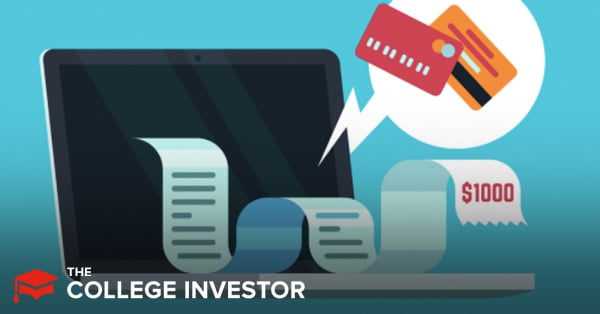
Money orders are a form of payment that is as good as cash. They guarantee that the person (or business) being paid will definitely get their money. Unlike a personal check, it won’t bounce.
Money orders are widely available at post offices, convenience stores, some supermarkets, banks, credit unions, and most Walmart Money Centers.
If you don’t have a checking account, a money order can be an inexpensive (but not free) way to keep your bills paid. You’ll want to compare them with other alternative payment methods like prepaid debit cards.
What Is A Money Order?
Money orders are prepaid forms of payment that make it easy, safe and secure to transfer money. Since you have to prepay for them (using cash or funds from your bank account), their funds are guaranteed. You don’t need a bank account to use them. All you need is cash and a person to pay.
When Should I Use A Money Order?
People who don’t have a checking account (many people don't) can pay bills using money orders. For example, a bartender, waiter, or a small business owner who is paid in cash may rely on them. Recent immigrants who haven’t had the opportunity to set up a bank account, may use them as well.
Money orders are also a common way to transfer money to family members living in another country. For example, you may choose to use them if you live in the United States want to transfer money to family members in India.
How Much Money Can Be Sent?
Although money orders are an inexpensive way to safely transfer guaranteed funds, they have one major drawback. Most companies that issue them limit the amount you can transfer.
Limits vary by location, but common limits range from $700 to $1000. If you’re trying to use money orders to pay your mortgage, you may need two buy of them to pay the full bill.
Where Can I Get A Money Order?
One of the cheapest places to get a money order is Walmart. They only charge 88 cents per order. Some convenience stores like 7-Eleven and Walgreens also offer them inexpensively (look for Western Union or MoneyGram logos at your local stores).
You can also send a money order via Western Union directly online now.
Post offices offer money order service and your bank or credit union may as well. But, depending on where you bank, the fees may be more than what you’d pay at a convenience store. Call to ask before you buy one from your bank.
How Do I Buy A Money Order?
Think that a money order is your best option for transferring money to a friend or relative or to pay a bill? If so, here are the steps you’ll typically need to take to buy one.
Final Thoughts
As a guaranteed form of payment that doesn’t require a bank account, money orders can be a convenient payment method. But if you need to transfer more than $1,000 or you need to quickly send money overseas, they may not be your best option.
For large transfers, a certified check or cashier’s check is another form of guaranteed payment that you may want to consider. And if you’re looking to send money to someone in a different country and need it to reach them fast, a wire transfer could be a better choice.
Finally, a prepaid debit card could be a strong alternative to a money order. Many of the best prepaid cards today even offer direct deposit and bill pay tools. Learn more about prepaid debit cards and how they can be helpful.

Robert Farrington is America’s Millennial Money Expert® and America’s Student Loan Debt Expert™, and the founder of The College Investor, a personal finance site dedicated to helping millennials escape student loan debt to start investing and building wealth for the future. You can learn more about him on the About Page or on his personal site RobertFarrington.com.
He regularly writes about investing, student loan debt, and general personal finance topics geared toward anyone wanting to earn more, get out of debt, and start building wealth for the future.
He has been quoted in major publications, including the New York Times, Wall Street Journal, Washington Post, ABC, NBC, Today, and more. He is also a regular contributor to Forbes.
Editor: Clint Proctor Reviewed by: Chris Muller
